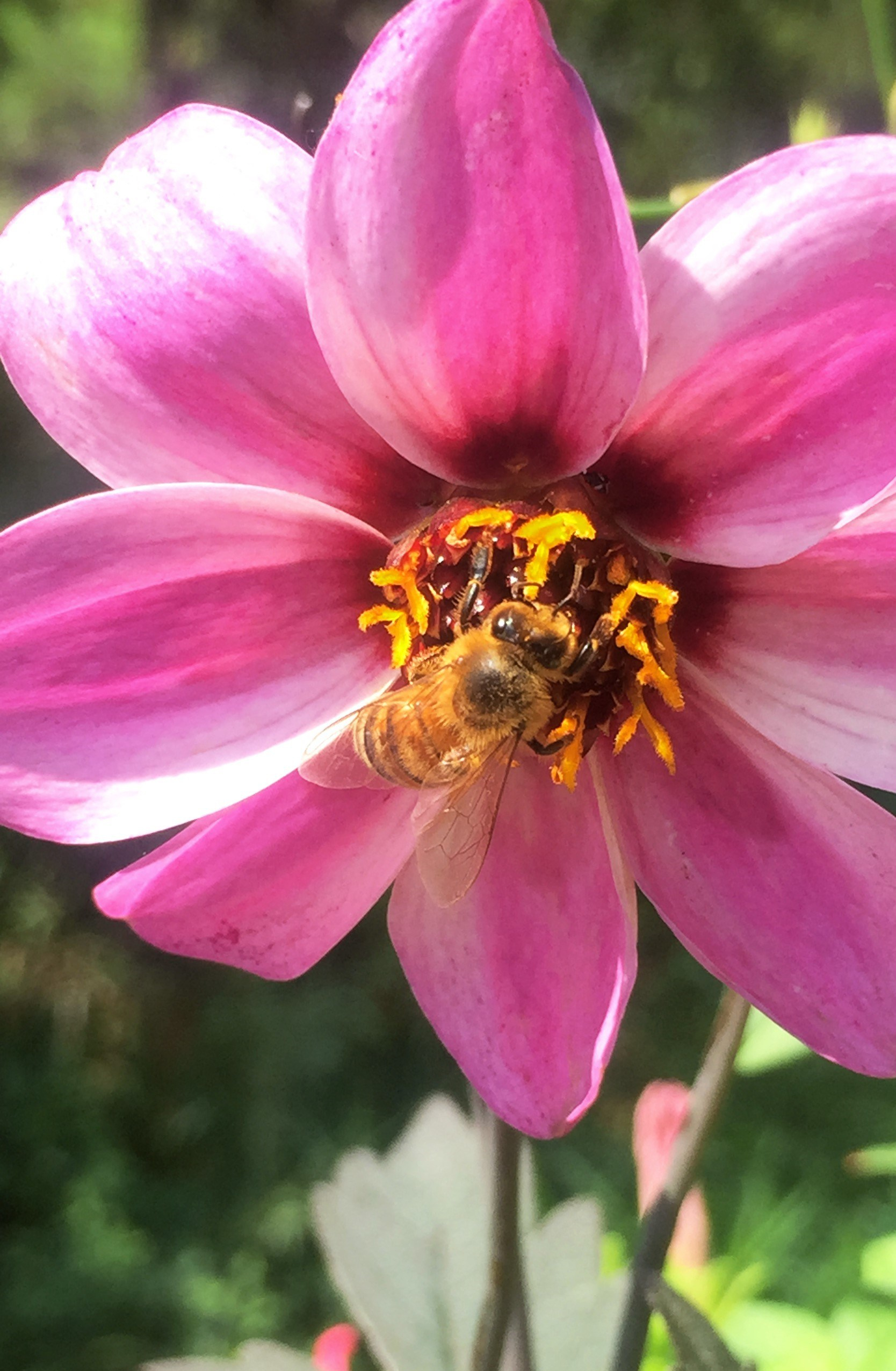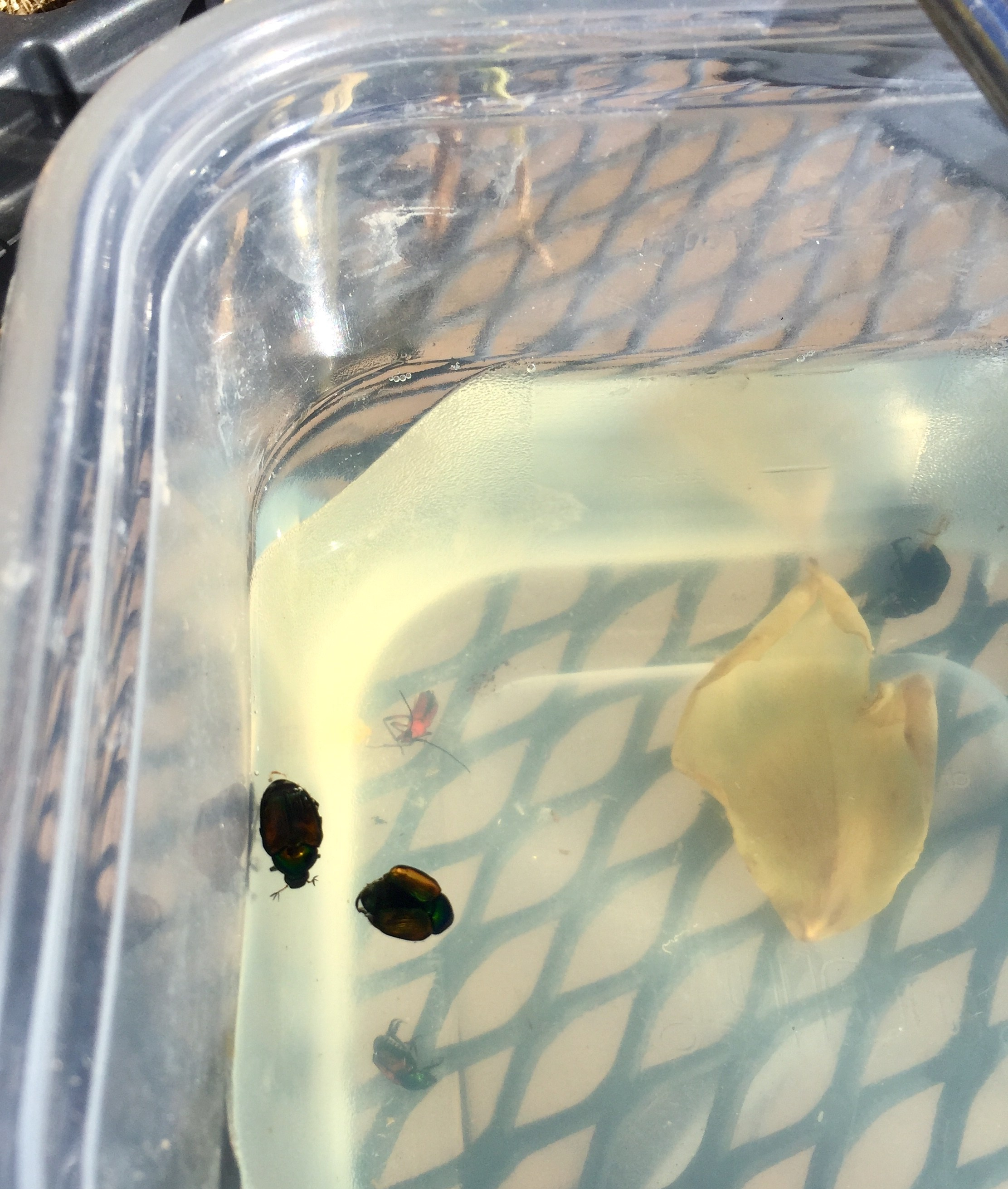My name is Katelin Gaeth and I am an educator, student and scientist of ecology. I became interested in urban ecology, specifically the plants and animals found in residential yards and city parks, as a graduate student in a biology masters program with Miami University and the Denver Zoo. As an instructor of school programs at the Denver Botanic Gardens, I have gained an understanding of and love for native Rocky Mountain plants, and the ways that plants shape and build habitat for other species.
The purpose of this blog is to provide people in Denver, Colorado and beyond with
information about gardening and landscaping with native species in mind. I will post stories about my experiences gardening in Denver, as well as resources for native plants, xeriscape and ecologically friendly landscaping. Please contact me with any questions about using native and water smart plants in your own yard – if I do not have an answer I can connect you with someone who does!
Why a blog about ecosystem-friendly landscape? Throughout Colorado, many urban and suburban communities continue to favor non-native plants in landscape designs; water-dependent turf lawns and exotic annual flowers dominate the majority of Denver neighborhoods (Xeriscape turf & alternatives n.d.). According to the Plant Talk organization, part of the Colorado State University Extension, the most abundant plant species per area used in Colorado landscaping is Kentucky bluegrass, or Poa pratensis, which is native to Europe. Non-native Kentucky bluegrass not only takes land area away from native Colorado plants, but also requires supplemental watering and chemical application in order to thrive in this climate (Reid & Oki 2008). According to a study by Robbins and Sharp (2003), the use of lawn fertilizers/pesticides has increased among residential homeowners, even those who acknowledge the risks to water quality and human health associated with chemical use.
While xeriscaping is becoming a more popular trend in Colorado as a means to reduce water use and maintenance costs, many practices do not necessarily benefit native species. The trend of hardscaping, or replacing bluegrass with rocks, mulch or other non-plant mediums helps to save water, but if native plants are not incorporated then opportunities to help wildlife are lost (Xeriscape turf & alternatives n.d.). Many backyard gardeners do not realize the importance of their role as ecological stewards (Tallamy 2009). Through this blog I hope to show urban homeowners that they have the power to create vital habitat for native species!
References:
Reid, S., & Oki, L. (2008). Field trials identify more native plants suited to urban landscaping. California agriculture, 62(3), 97-104. Retrieved from http://www.lib.muohio.edu/
Robbins, P., & Sharp, J. T. (2003). Producing and consuming chemicals: the moral economy of the American lawn. Economic Geography, 79(4), 425-451.
Tallamy, D. W. (2009). Bringing nature home: how you can sustain wildlife with native plants. Timber Press. Retrieved from http://www.google/books
Xeriscape turf & alternatives. (n.d.). Colorado State University. Retrieved from http://www.ext.colostate.edu/ptlk/1912.html


































